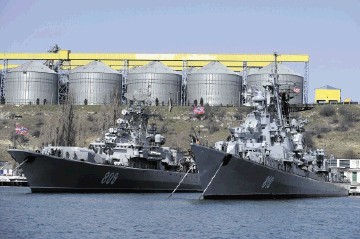
Oil & Natural Gas Corp. is seeking through its overseas unit to buy a stake in Russia’s second-largest oil producing development from OAO Rosneft, according to two people with direct knowledge of the plan.
ONGC Videsh Ltd. is in discussions to purchase a share of the Vankor oil field in East Siberia, said the people, who asked not to be identified because discussions are ongoing. The New Delhi-based company is seeking to pay $900 million for the stake, which will secure about 3.5 million metric tons of oil a year (about 70,290 barrels a day), and expects to sign a deal as early as next month, one of the people said.
Vankor, which started production in 2009, is one of the largest oil fields in Russia, with recoverable reserves estimated at about 500 million tons. Vankor pumped about 40.2 million barrels of oil in January to March (about 447,000 barrels a day), according to the company. Rosneft’s press office declined to comment on ONGC’s approach for a stake in Vankor. ONGC Videsh Managing Director Narendra Kumar Verma declined to comment on a possible deal.
ONGC shares rose as much as 1.4 percent to 273.50 rupees, the most in a week, and traded at 269.80 rupees as of 10:22 a.m. in Mumbai. The benchmark S&P BSE Sensex gained 0.6 percent.
Russia, pressured by western sanctions and falling crude prices, offered 10 percent of the field to China National Petroleum Corp. during President Xi Jinping’s visit to Russia in November last year.
ONGC, India’s biggest energy explorer, plans to spend 11 trillion rupees ($169 billion) by 2030 to add reserves in India and overseas and reverse a decline in output from aging domestic fields. ONGC Videsh, which spent $6 billion in the past two years buying assets outside India, plans to more than double its output from overseas fields in four years.
ONGC Videsh owns 20 percent in the Sakhalin-1 project, off Russia’s far eastern coast, which it acquired in 2001. The project produces both oil and gas and ONGC Videsh gets a share of the output or equivalent revenue from the sale.
Both Brent crude, the benchmark for more than half the world’s oil, and West Texas Intermediate futures, the U.S. marker, are down more than 50 percent from a year earlier.
Recommended for you
